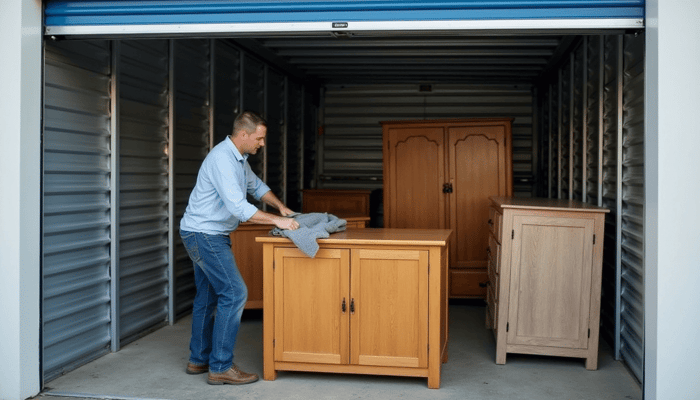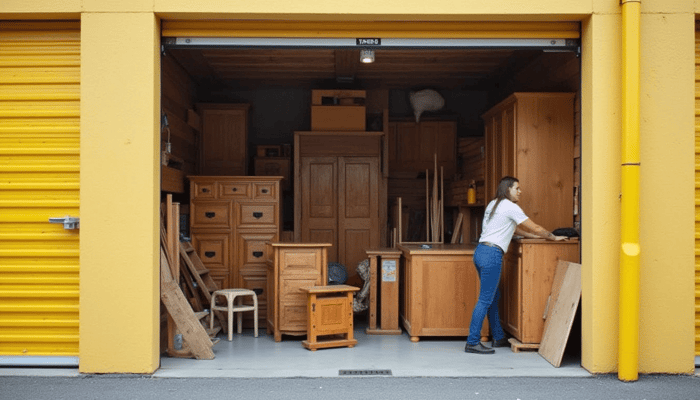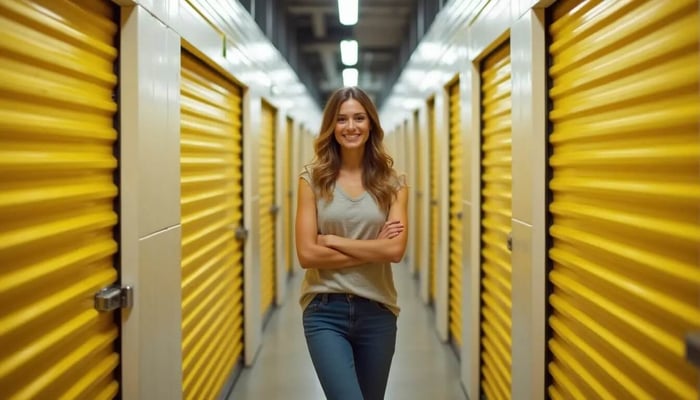Table of Contents
Storing furniture can be nerve-wracking, especially when you're storing it in a non-climate-controlled storage unit. But don't worry! Storage Star's guide is here to help. We'll discuss best practices for storing furniture in non-climate-controlled environments and storage units.
Understanding Non-Climate Controlled Storage
Choosing the right storage type is crucial when storing furniture. Non-climate-controlled storage units are often a cost-effective solution and readily available. However, these units have limitations (and advantages) that are essential to know before renting a storage unit.
What is Non-Climate Controlled Storage?
Non-climate-controlled storage solutions do not regulate temperature or humidity. Think of these units like a garage or shed. As the weather changes outside, so does the environment inside. These units are typically more affordable because they do not have the feature.
These units offer a secure, dry place to store your belongings, but they won't shield your items from external temperature swings, which can be a major factor depending on the local climate.
Differences Between Climate-Controlled and Non-Climate-Controlled
Conversely, climate-controlled storage units manage temperature levels within the storage environment. This control is beneficial in regions with extreme temperatures and weather. It helps protect sensitive items from heat, cold, and moisture damage.
A climate-controlled storage unit is ideal for sensitive items, but they are often more expensive than drive-up units. Price difference is a significant factor when determining which to choose, but so is protection from environmental damage.
As a recap:
- Temperature Control: A climate-controlled storage unit regulates temperature; a non-climate-controlled unit does not.
- Cost: Non-climate-controlled units are generally less expensive.
- Suitable Items: Climate control is ideal for sensitive items; non-climate control is best for durable goods.
Benefits of Using Non-Climate-Controlled Storage
Non-climate-controlled storage solutions offer several enticing benefits, making them a practical choice for many people.
- Drive-Up Accessibility: Non-climate-controlled units are typically outdoor drive-up units. Drive-up units mean you can drive up right to your unit, making loading and unloading much quicker and easier. It's great if you're moving heavy, bulky items, are a contractor, or are looking to store a vehicle, RV, or boat.
- Ground-Level Access: Drive-up units that aren't climate-controlled are typically on ground level. You won't have to worry about going up and down stairs, walking down long halls, or finding the elevator.
- Affordability: Many cheap storage units are non-climate-controlled - a fraction of the cost of a climate-controlled option. This makes them popular for budget-conscious tenants.
- Availability: Non-climate-controlled units are more readily available.
What Can I Store in a Non-Climate-Controlled Storage?
Choosing what to store in non-climate-controlled units can be challenging. You'll need to assess the durability and weather resistance of what you plan to store. This step ensures that they'll remain undamaged by temperature shifts and humidity.
Items Suitable for Non-Climate Control
Many items can be stored safely without climate control. Think sturdy, resilient, and durable items. Here's a quick list of items that are suitable for an outdoor drive-up storage unit:
- Metal furniture, including outdoor furniture
- Wooden furniture with a protective finish
- Plastic or resin-based items, such as coolers
- Gardening tools, lawnmowers, and weed wackers
- Non-delicate fabrics and materials, such as tents and tarps
- Outdoor and sporting equipment, as well as skis, snowboards, and bicycles
- Kitchen items, such as pots, pans, and utensils
- Vehicle storage, including cars, motorcycles, ATVs, boats, and small RVs. We recommend a climate-controlled drive-up unit for luxury vehicles or classic automobiles.
Items to Avoid Storing
Some items need to be stored in a climate-controlled environment. Identify items that are delicate or susceptible to temperature, moisture, and humidity damage. Here are a few items we recommend storing in climate-controlled storage.
- Paintings, photographs, and delicate fabrics
- Electronics and appliances that would be sensitive to moisture
- Leather or antique furniture
- Vinyl records
- Musical instruments, particularly those with strings or made of wood.
Protective storage involves knowing what items will quickly warp, crack, or degrade. When in doubt, prioritize storage that offers climate regulation. If you're looking to rent a storage unit and aren't sure what type of unit you need, contact the Storage Star team for an expert opinion.
How to Store Wood Furniture Without Climate Control
Yes, you can store wood furniture without climate control! You just need to know how to protect it in this environment. Environmental exposure does pose risks, but with care, these can be significantly minimized. Preparing and protecting the teeth piece will help ensure longevity and condition.
Pre-Storage Preparations
Before you store, thoroughly prepare your wood furniture. Start by cleaning each piece, removing dust and grime. Use a mild detergent or wood cleaner to avoid surface damage.
Once cleaned, allow the furniture to dry completely. Moisture left on surfaces can lead to mold or mildew. If you are performing repairs, let those be fully set and cured.
It is wise to disassemble larger items. This will help you maximize space in your storage unit and lower damage risk. Plus, it'll be easier to physically move the item into your unit. Remember to label and store the item's hardware in bags to avoid losing it later.
Apply a quality wood polish or sealant as well. This offers extra protection and can help repel moisture.

Protective Measures
Implementing protective measures is vital for wood furniture storage and will give you peace of mind. For enhanced protection of your wood furniture, consider:
- Using breathable covers or sheets will prevent dust accumulation and allow air circulation, reducing mold risks. The best materials to use are cotton or linen.
- Avoid plastic wraps for wood as they trap moisture. This can lead to warping or discoloration over time, too.
- Position furniture off the ground, elevating it with pallets or blocks. Elevation will also shield against flooding or damp ground exposure.
- Ensure good airflow around your wood pieces.
We also recommend periodically checking your stored furniture. This will allow you to catch potential issues early, preserving the integrity of your items.
Best Practices for Arranging Furniture
The arrangement of furniture in your storage unit will also impact its preservation.
- Start by placing heavier items on the bottom. This supports weight distribution and prevents pressure damage to delicate pieces.
- Maintain clear pathways and spacing for airflow. Adequate ventilation is crucial to avoid musty odors and moisture buildup. Ensuring no piece is crowded helps maintain overall conditions.
- Place large, sturdy items against walls.
- Keep lighter, fragile items towards the center of the unit.
- Leave drawers and doors ajar in storage to promote air circulation and reduce the chance of moisture accumulation within closed compartments.
Managing Humidity and Temperature Risks
Storing furniture without climate control requires proactive management of humidity and temperature. As we all know, humidity and temperature fluctuate with the seasons. High humidity can lead to expansion and mold growth, while low humidity can dry and crack wood. Temperature changes can warp surfaces over time.
Combining protective measures, like desiccants and proper ventilation, can create a stable environment.
Using Desiccants and Moisture Absorbers
Desiccants are substances that absorb moisture from the surrounding environment. This reduces humidity and condensation and helps protect items from mold, rust, and corrosion. These are a great option when protecting wood from dampness-related issues.
Different types of desiccants are available. Silica gel packs are common. Baking soda is another option, which also helps absorb odor.
Properly place these materials to maximize their effectiveness. For comprehensive coverage, place them near wooden surfaces and within cabinets and drawers.
You should also regularly check and replace desiccants as they become saturated. This maintenance ensures continuous protection.
Ventilation Tips
Proper ventilation is another critical factor in preventing damage. Good airflow discourages mold growth and prevents moisture buildup on surfaces.
Positioning furniture wisely can improve air circulation. Leave space between items and keep them off the ground. These techniques enhance airflow, reducing stagnant air pockets.
Strategically opening drawers and cabinets further aids air movement. This practice is especially beneficial in humid areas. It prevents moisture from accumulating in enclosed spaces.
To optimize ventilation, consider:
- Keeping a gap between furniture and walls
- Utilizing shelves for smaller items to maintain airflow
- Avoiding over-stacking, which limits circulation
Protect Your Furniture with Storage Star Storage Units
Consider renting a storage unit with Storage Star to wrap up your furniture storage journey. Our non-climate-controlled units offer a secure, budget-friendly solution for your durable goods. They're perfect for furniture that can withstand various conditions with proper preparation. (We also have storage units with climate control!)
With drive-up access, ground-level convenience, and flexible sizing options, storing your items has never been easier. Whether you're downsizing, decluttering, or prepping for a move, Storage Star has the space and support to store smart and stress-free. Find storage near you now!
FAQs
What is the best way to protect furniture in non-climate control storage?
You can store furniture in non-climate-controlled storage units, but take additional protective measures. Try to prioritize dust protection and moisture control by wrapping your furniture in breathable materials, such as blankets and sheets. You don't want to wrap furniture in plastic, which can trap moisture. Add moisture absorbers in your unit to help prevent mold, and consider elevating your furniture off the floor with small lifts or pallets.
Can I store upholstered furniture?
You can, but we do not recommend it for long-term storage. Fluctuations in temperature and humidity can damage your upholstered furniture and lead to mold, mildew, odors, fabric degradation, and moisture stains.
How long can I keep items in non-climate-control storage?
At Storage Star, our leases are month-to-month, so you can rent your unit as long as you need. If you plan on keeping delicate items in a non-climate-controlled storage unit, though, we recommend it be short-term.
Can I stack other items on top of my wood furniture?
We don't recommend it. Heavy items can cause dents, scratches, and warping. If you need to stack items, you can use furniture blankets or padded covers to cushion the surface.
How long can wood furniture be stored safely?
As long as it's stored properly, the answer is indefinitely - especially if you're storing in climate control and checking the furniture periodically.
Can I use pallets or risers under my furniture?
Yes. We recommend it, too. Elevating your furniture will help improve air circulation and prevent potential water damage.





